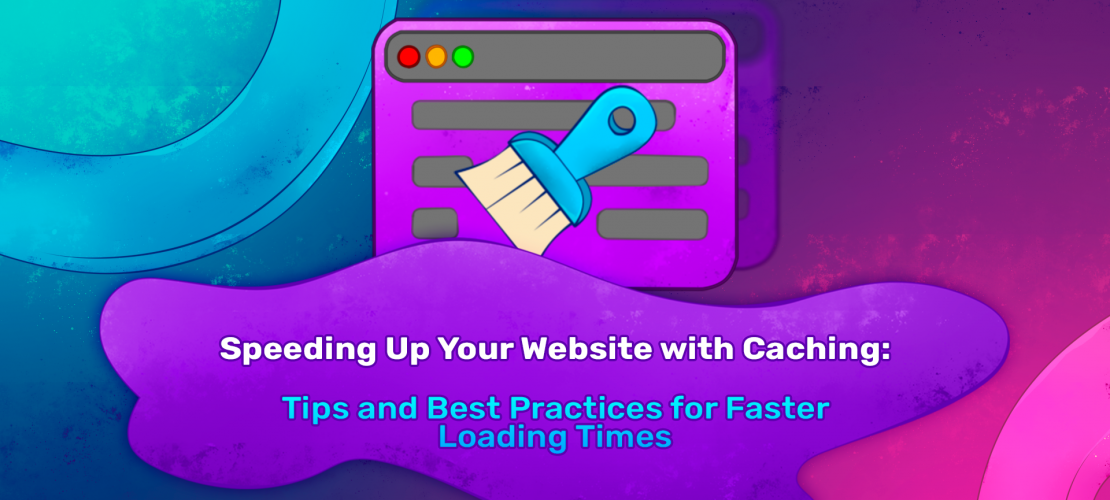In today’s digital age, websites have become an essential part of any business or organization. With the increasing importance of online presence, it is crucial to have a website that loads quickly and efficiently. Slow loading times can result in lost visitors, decreased engagement, and ultimately, reduced revenue. One of the most effective ways to speed up your website is through caching. In this blog post, we will discuss the basics of caching, the different types of caching, and best practices for implementing caching to achieve faster loading times.
What is Caching?
Caching is the process of storing data temporarily in a cache so that it can be quickly retrieved when requested. In the context of websites, caching refers to storing commonly accessed web pages, images, and other assets in a cache. This means that when a visitor requests a page that has been cached, the server can quickly retrieve the stored data rather than generating the page from scratch. This results in faster loading times and a better user experience.
Types of Caching:
There are several types of caching that can be implemented to speed up your website. These include:
- Browser caching: This type of caching occurs on the visitor’s browser and stores frequently accessed resources, such as images and JavaScript files. When the visitor returns to the website, the browser can quickly retrieve the cached resources rather than downloading them again from the server.
- Server caching: Server caching involves storing frequently accessed pages and other resources on the server itself. This allows the server to quickly retrieve the stored data rather than generating the page from scratch each time it is requested.
- Content Delivery Network (CDN) caching: CDN caching involves storing copies of website resources on servers located around the world. When a visitor requests a page, the CDN will deliver the cached resources from the server closest to them. This results in faster loading times and a better user experience.
Best Practices for Implementing Caching:
To achieve the best results from caching, it is important to follow best practices for implementation. Here are some tips for implementing caching effectively:
- Use caching plugins: If you are using a content management system (CMS) such as WordPress or Drupal, there are caching plugins available that can help you implement caching quickly and easily. These plugins will automatically cache frequently accessed pages and other resources, resulting in faster loading times.
- Set appropriate expiration times: When implementing caching, it is important to set appropriate expiration times for cached resources. This ensures that visitors will always see the most up-to-date content while still benefiting from the speed improvements of caching. A good rule of thumb is to set an expiration time of at least a day for static resources such as images and JavaScript files, and a few hours for dynamic content such as blog posts.
- Use a CDN: Implementing a CDN can greatly improve website performance by caching resources on servers located around the world. This results in faster loading times for visitors regardless of their location.
- Avoid caching sensitive data: It is important to avoid caching sensitive data such as user login information or credit card details. This data should always be served fresh from the server and not stored in a cache.
- Monitor caching performance: It is important to monitor the performance of your caching implementation to ensure that it is working effectively. This can be done using tools such as Google PageSpeed Insights or GTmetrix, which can provide insights into the performance of your website and caching implementation.
Conclusion:
Caching is a powerful tool for improving website performance and user experience. By implementing caching effectively, you can greatly reduce loading times and increase engagement on your website. By following the best practices outlined in this post, you can ensure that your caching implementation is working optimally and providing the best possible experience for your visitors.




